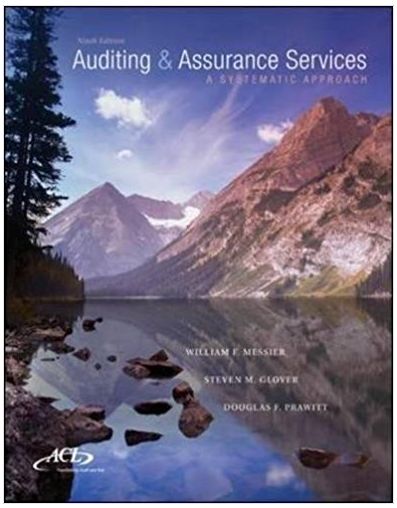


 REQUIREMENTS 3&4 PLEASE
REQUIREMENTS 3&4 PLEASE
The Stenback Spirits Company produces two products-methanol (wood alcohol) and turpentine - by a joint process. Joint costs amount to $122,000 per batch of output. Each batch totals 12,500 gallons: 25% methanol and 75% turpentine. Both products are processed further without gain or loss in volume. Separable processing costs are methanol, \$4 per gallon, and turpentine, $3 per gallon. Methanol sells for $28 per gallon. Turpentine sells for $20 per gallon. Read the requirements. Requirements 1. How much of the joint costs per batch will be allocated to methanol and to turpentine, assuming that joint costs are allocated based on the number of gallons at splitoff point? 2. If joint costs are allocated on an NRV basis, how much of the joint costs per batch will be allocated to methanol and to turpentine? 3. Prepare product-line income statements per batch for requirement 1 and 2. Assume no beginning or ending inventories. 4. The company has discovered an additional process by which the methanol (wood alcohol) can be made into a pleasant-tasting alcoholic beverage. The selling price of this beverage would be $60 a gallon. Additional processing would increase separable costs $10 per gallon (in addition to the $4 per gallon separable cost required to yield methanol). The company would have to pay excise taxes of 20% on the selling price of the beverage. Assuming no other changes in cost, what is the joint cost applicable to the wood alcohol (using the NRV method)? Should the company produce the alcoholic beverage? Show your computations. Requirement 1. How much of the joint costs per batch will be allocated to methanol and to turpentine, assuming that joint costs are allocated based on the number of gallons at splitoff point? (Round the weights to five decimal places.) Requirement 2. If joint costs are allocated on an NRV basis, how much of the joint costs per batch will be allocated to methanol and to turpentine? (Round the weights to five decimal places.) Requirement 3. Prepare product-line income statements per batch for requirement 1 and 2. Assume no beginning or ending inventories. (For entries with a $0 balance, make sure to enter "0" in the appropriate column.) Begin with the physical-measure method. The Stenback Spirits Company produces two products-methanol (wood alcohol) and turpentine - by a joint process. Joint costs amount to $122,000 per batch of output. Each batch totals 12,500 gallons: 25% methanol and 75% turpentine. Both products are processed further without gain or loss in volume. Separable processing costs are methanol, \$4 per gallon, and turpentine, $3 per gallon. Methanol sells for $28 per gallon. Turpentine sells for $20 per gallon. Read the requirements. Requirements 1. How much of the joint costs per batch will be allocated to methanol and to turpentine, assuming that joint costs are allocated based on the number of gallons at splitoff point? 2. If joint costs are allocated on an NRV basis, how much of the joint costs per batch will be allocated to methanol and to turpentine? 3. Prepare product-line income statements per batch for requirement 1 and 2. Assume no beginning or ending inventories. 4. The company has discovered an additional process by which the methanol (wood alcohol) can be made into a pleasant-tasting alcoholic beverage. The selling price of this beverage would be $60 a gallon. Additional processing would increase separable costs $10 per gallon (in addition to the $4 per gallon separable cost required to yield methanol). The company would have to pay excise taxes of 20% on the selling price of the beverage. Assuming no other changes in cost, what is the joint cost applicable to the wood alcohol (using the NRV method)? Should the company produce the alcoholic beverage? Show your computations. Requirement 1. How much of the joint costs per batch will be allocated to methanol and to turpentine, assuming that joint costs are allocated based on the number of gallons at splitoff point? (Round the weights to five decimal places.) Requirement 2. If joint costs are allocated on an NRV basis, how much of the joint costs per batch will be allocated to methanol and to turpentine? (Round the weights to five decimal places.) Requirement 3. Prepare product-line income statements per batch for requirement 1 and 2. Assume no beginning or ending inventories. (For entries with a $0 balance, make sure to enter "0" in the appropriate column.) Begin with the physical-measure method



 REQUIREMENTS 3&4 PLEASE
REQUIREMENTS 3&4 PLEASE 





